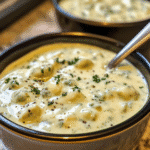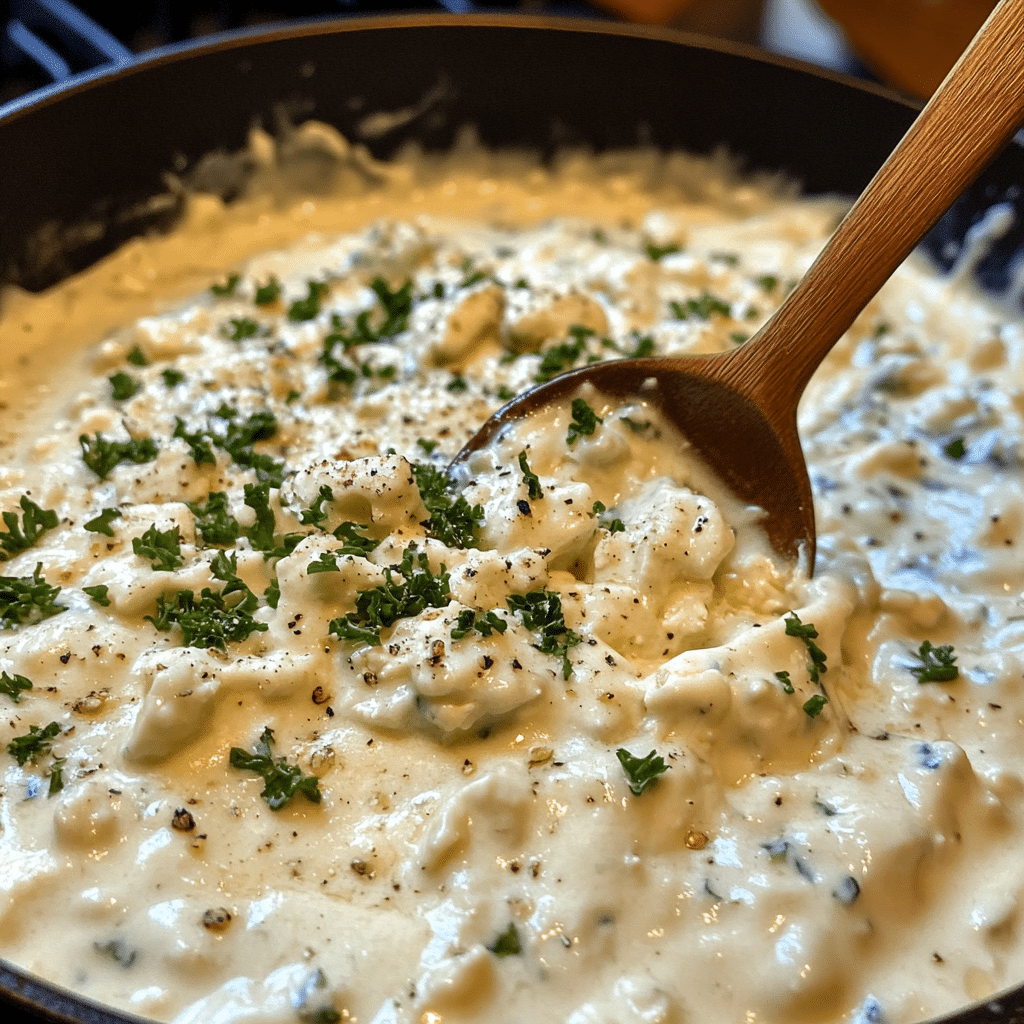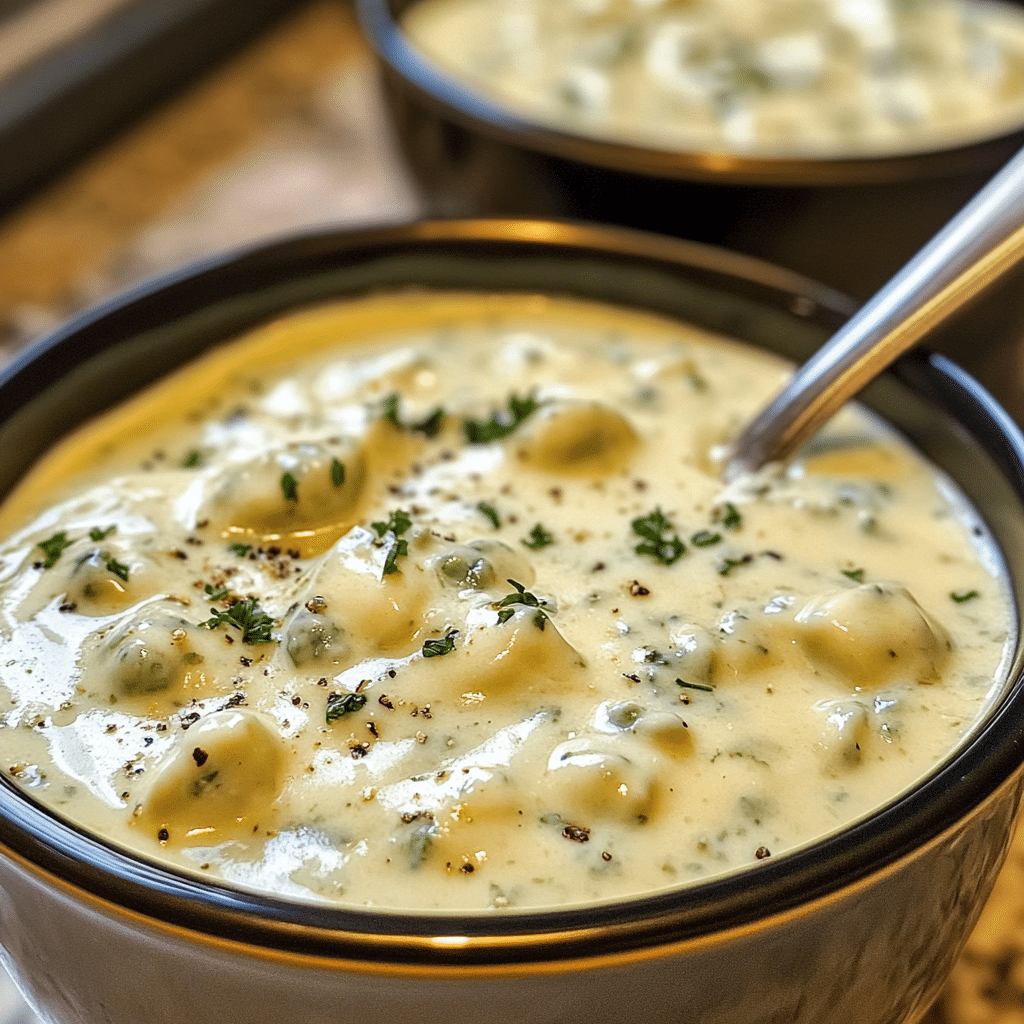Gorgonzola sauce is one of those irresistible creations that turns a simple dish into something memorable. Whether it’s poured over pasta, steak, or roasted veggies, this creamy Italian blue cheese sauce delivers bold flavor in every bite. Made with Gorgonzola Dolce or Piccante, a touch of cream, and often a hint of garlic or nutmeg, it’s rich, tangy, and surprisingly easy to make.
In this article, you’ll discover everything you need to know about making and using gorgonzola sauce. We’ll begin with the origins of Gorgonzola cheese, explore the differences between Dolce and Piccante, and then dive into how to prepare the perfect sauce at home. You’ll also get pairing ideas, dietary tips, flavor variations, and answers to popular questions like “Can I freeze gorgonzola sauce? or “Which pasta goes best with blue cheese sauce?”
Whether you’re craving comfort food or planning a gourmet dinner, this guide will help you bring authentic Italian taste to your table. Ready to dig in? Let’s begin with the story behind the cheese
Print
The Ultimate Guide to Gorgonzola Sauce: Recipes, Pairings, and Tips
- Total Time: 15 minutes
- Yield: About 1 cup of sauce (enough for 2–4 servings)
Description
Creamy, tangy gorgonzola sauce made in minutes—perfect for pasta, steak, or roasted veggies.
Ingredients
Ingredients for Gorgonzola Sauce (Serves 4)
150g (5 oz) Gorgonzola cheese (Dolce or Piccante, crumbled)
200ml (3/4 cup + 1 tbsp) heavy cream
1 tablespoon unsalted butter
1 small garlic clove, finely minced (optional)
A pinch of ground white pepper (or black pepper)
A pinch of grated nutmeg (optional)
Salt, to taste
Fresh parsley, chopped, for garnish (optional)
Optional Add-ins:
2 tablespoons dry white wine (for brightness)
1 tablespoon crushed walnuts (for crunch)
1 teaspoon lemon juice (for acidity)
Instructions
1. Melt the butter
In a medium saucepan, melt 1 tablespoon of butter over low to medium heat. If you’re using garlic, add it now and sauté for about 1 minute until fragrant—don’t let it brown.
2. Add the cream
Pour in 200ml of heavy cream, stirring gently. Let it warm up for 2–3 minutes, but don’t allow it to boil.
3. Add the gorgonzola
Crumble in 150g of Gorgonzola cheese. Stir slowly and continuously until the cheese melts completely into the cream. This should take 4–5 minutes. Keep the heat low to prevent curdling.
4. Season the sauce
Add a pinch of white pepper and grated nutmeg (optional). Taste the sauce before adding salt, as Gorgonzola is naturally salty. Adjust to your liking.
5. Optional additions
For extra depth, stir in a splash of white wine or a few drops of lemon juice. You can also mix in crushed walnuts for a crunchy twist.
6. Serve immediately
Remove from heat. The sauce should be smooth, creamy, and pourable. Drizzle over pasta, steak, gnocchi, or roasted veggies. Garnish with fresh parsley, if desired.
- Prep Time: 5 minutes
- Cook Time: 10 minutes
- Category: Sauce
- Cuisine: Italian
Nutrition
- Serving Size: 1/4 cup (about 80–90g)
- Calories: 270 kcal
- Sugar: 1.5 g
- Sodium: 420 mg
- Fat: 25 g
- Saturated Fat: 16 g
- Unsaturated Fat: 7 g
- Trans Fat: 0.5 g
- Carbohydrates: 2 g
- Fiber: 0 g
- Protein: 6 g
- Cholesterol: 70 mg
Keywords: gorgonzola sauce
Table of Contents
Essential Ingredients and Their Roles
To make a proper gorgonzola sauce, you don’t need a long list of fancy ingredients. In fact, it’s the simplicity of the elements that makes this sauce shine. At the heart of it, of course, is Gorgonzola cheese—preferably the Dolce variety if you want a smoother, creamier taste. This version melts easily and blends beautifully with cream-based sauces.
Next up is heavy cream, which gives the sauce its luscious, velvety texture. While some recipes use milk or half-and-half, cream offers the best richness and helps balance the strong flavor of the cheese. Butter adds depth and helps create a silky base when melted first in the pan.
Want more flavor? A touch of garlic or shallots sautéed in the butter can bring a warm, aromatic layer to your gorgonzola sauce. A dash of white pepper, a pinch of nutmeg, or even some fresh herbs like thyme or parsley can give it character.
Although optional, crushed walnuts, a splash of white wine, or a few drops of lemon juice can add extra brightness or crunch, especially if you’re serving it with meat or vegetables.
Step-by-Step Preparation Guide
Making gorgonzola sauce is easier than it sounds, and the whole thing comes together in under 15 minutes. First, melt butter in a saucepan over medium heat. If you’re using garlic or shallots, now’s the time to sauté them gently until fragrant.
Then, slowly pour in the cream. Stir it well and allow it to heat for a few minutes—but don’t let it boil. Once it’s hot, crumble in the Gorgonzola cheese. Stir constantly, letting it melt slowly into the cream. Be patient here—low heat is key to avoiding separation or clumps.
When everything’s melted and smooth, season with white pepper or nutmeg if you like. Let the sauce simmer briefly to thicken. If it gets too thick, just add a splash of milk or cream to loosen it up.
Finally, taste and adjust the seasoning. Then you’re done! You’ve got a rich, creamy gorgonzola cream sauce ready to pour over pasta, meat, or veggies.

Pairing Gorgonzola Sauce with Dishes
Pasta and Gnocchi Combinations
If there’s one place where gorgonzola sauce truly shines, it’s on a plate of pasta. Its smooth texture and sharp flavor coat every bite perfectly. Penne, rigatoni, tagliatelle, and farfalle are great choices because their shapes hold onto the sauce nicely. If you’re after something a little softer, gnocchi is a heavenly match—the pillowy dumplings practically melt under the creamy sauce.
For added flavor and balance, try adding sautéed spinach, mushrooms, or sun-dried tomatoes. They bring in earthiness and contrast that pairs wonderfully with the boldness of blue cheese pasta sauce. You can also toss in grilled chicken or pancetta to make it a heartier dish.
Want a one-pan dinner idea? Sauté some mushrooms and spinach, boil your pasta, stir in the gorgonzola cream sauce, and boom—you’ve got a quick, satisfying meal in minutes.
Enhancing Meats and Vegetables
But pasta isn’t the only star here. Gorgonzola sauce also loves meat. Pour it over a grilled ribeye or filet mignon for a restaurant-style dinner at home. The tangy sauce cuts through the richness of beef and turns an everyday steak into something special. Chicken breasts and pork chops also work beautifully, especially when the sauce includes a touch of garlic or herbs.
For a vegetarian option, try it over roasted cauliflower, potatoes, or steamed broccoli. The contrast between creamy sauce and crisp veggies makes for a great side or even a full meal when topped with nuts or lentils.
And don’t forget pizza! Swap out tomato sauce for gorgonzola sauce, then add caramelized onions, walnuts, and arugula. You’ll have a gourmet flatbread in no time.
No matter where you use it, gorgonzola sauce adds richness and depth that brings out the best in whatever it touches
Nutritional Profile and Dietary Considerations
Caloric and Macronutrient Breakdown
Gorgonzola sauce may be rich in flavor, but that also means it comes with a bit of a calorie load. A typical serving—about 1/4 cup—contains roughly 200 to 300 calories. Most of those come from fats, since it’s made with butter, cream, and cheese. However, it also provides a good amount of protein, thanks to the Gorgonzola.
The sauce is low in carbohydrates unless you add flour to thicken it, which is optional. Sodium levels can be a bit high due to the cheese, so if you’re watching salt intake, consider using a smaller portion or pairing it with lower-sodium ingredients.
Still, in moderation, this creamy delight fits comfortably into many meal plans—especially when balanced with fiber-rich veggies or lean proteins.
Adapting for Dietary Needs
For a lighter version, you can swap heavy cream with half-and-half or even a plant-based cream. Coconut cream, for example, makes a surprisingly smooth alternative, though it will add a slightly sweet note.
If you’re lactose-intolerant, try using lactose-free cream or milk and a milder lactose-free blue cheese. Vegan Gorgonzola substitutes are also available, made with fermented nuts or soy—these can mimic the taste and texture fairly well.
Gluten-free eaters, rejoice! Most traditional gorgonzola sauce recipes are naturally gluten-free. Just skip the flour if it’s used, or choose a gluten-free thickener like cornstarch.
For more delicious recipes, check out our recipe article on creamy cheese-based sauces perfect for pasta and meats.
Creative Variations and Innovations
Incorporating Additional Flavors
If you’re feeling playful in the kitchen, gorgonzola sauce welcomes creative twists. Adding sautéed mushrooms, crushed walnuts, or caramelized onions brings an earthy, sweet-savory balance. Want a touch of luxury? A drizzle of truffle oil takes things up a notch, perfect for special dinners.
Herbs like thyme or rosemary can bring freshness, while a pinch of chili flakes adds heat that contrasts beautifully with the creamy base. Even a little white wine or lemon juice can give the sauce a welcome brightness, especially when paired with chicken or fish.
Another trick? Blend in a small amount of Parmesan, Asiago, or Fontina. These Italian cheeses melt well and create an even more layered, creamy cheese pasta sauce.
Fusion and International Twists
While gorgonzola sauce is rooted in Italian tradition, that doesn’t mean it can’t travel the world. Try it in a Mexican-style enchilada bake—think spicy shredded chicken layered with pasta sheets and gorgonzola cream sauce. Or, mix it with cream cheese for a tangy dip served with naan or pita chips.
It also pairs well with Middle Eastern roasted eggplant or falafel bowls, especially if you balance it with pomegranate seeds or fresh mint. Love burgers? Swap out the cheddar and go for a blue-cheese burger smothered in this rich sauce it’s next-level.
If you’re making pizza or flatbreads, use gorgonzola sauce instead of tomato sauce. Top it with figs, prosciutto, or grilled pears for a sweet-savory contrast that will wow your guests.
The beauty of gorgonzola cream sauce is that it doesn’t just belong to one dish or cuisine—it’s a flexible base that lets your creativity shine.

FAQS
Can gorgonzola sauce be made ahead of time?
Absolutely! Gorgonzola sauce can be made ahead and stored for up to 3 days in the refrigerator. Just allow it to cool, transfer it to an airtight container, and keep it chilled. When you’re ready to serve, reheat it gently on the stove over low heat. Stir often, and if it’s too thick, just add a splash of milk or cream to loosen it up.
How should leftovers be stored and reheated?
Leftovers should always be cooled to room temperature before refrigerating. As mentioned, airtight containers are your best bet. To reheat, avoid the microwave if possible—it can cause the fats to separate. Instead, use a small saucepan on low heat, and stir frequently to bring the gorgonzola sauce back to life.
Can I freeze gorgonzola sauce?
Technically, yes—but there’s a catch. Freezing dairy-heavy sauces can sometimes lead to separation when thawed. If you do freeze it, thaw it overnight in the fridge and reheat slowly while whisking to restore its texture. Still, for best quality, it’s recommended to enjoy it fresh.
Conclusion
In the world of comfort food and bold taste, gorgonzola sauce truly stands out. It’s creamy, tangy, and packed with personality. Whether you’re making a cozy weeknight pasta, upgrading a juicy steak, or experimenting with gourmet flatbreads, this sauce has the power to make your meal unforgettable.
We’ve walked through its history, explored how to make it from scratch, and shared dozens of tips for pairing and customizing it. You’ve also seen how easy it is to adapt for different diets or get creative with fusion flavors. And the best part? It all comes together in under 15 minutes with just a few simple ingredients.
If you haven’t tried gorgonzola sauce before, now’s the perfect time to start. It’s a kitchen essential that adds richness, warmth, and a touch of Italy to anything it touches. So grab your skillet and a block of Gorgonzola—you’re just a stir away from something delicious.

1 thought on “The Ultimate Guide to Gorgonzola Sauce: Recipes, Pairings, and Tips”